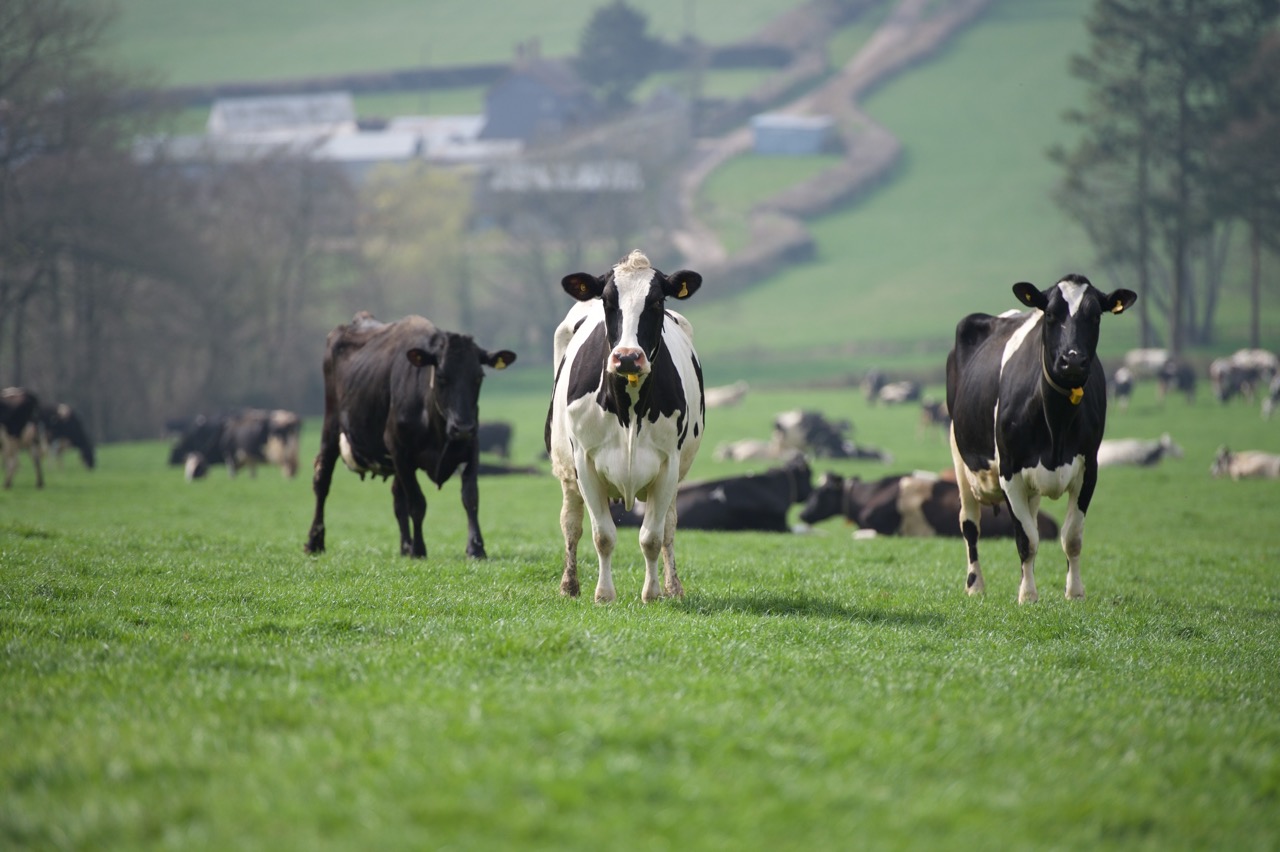At the heart of this is the rumen, with its trillions of microbes that digest feed and forage, which means that nutrition and management have a significant role to play in driving feed efficiency.
It may be tempting to reduce levels of concentrate feeding to lower expenses. However, when you reduce feeding levels alone, this can negatively impact yields and constituents.
An essential fact to remember is that a cow in early lactation will always prioritise milk production over the maintenance of her own body reserves. Peak lactation yield dictates milk yield later on, so any setback here can lead to reduced overall production.
When the diet does not provide enough to cover demands for milk, she will mobilise energy from body reserves to make up this deficit. This results in excessive body condition score (BCS) loss which leads to poor health, fertility and higher rates of lameness later in lactation, meaning additional costs and inputs. Minimising BCS loss in early lactation is also critical to preparing cows for a successful breeding period.
We are increasingly coming to realise that over 50% of a cow’s feed efficiency actually comes down to the make-up of the rumen microbes. Certain keystone species also seem to punch well above their weight in terms of converting feed into milk. Recent studies have even shown that the most efficient cows required 2.6kg DM less than their counterparts to produce the same amount of milk.
By supporting key microbes, we can optimise this process and make the most of every bite of feed, regardless of system, stage of lactation and time of year. It’s helpful to think of the rumen like the engine of car: a major power source for the cow that needs regular maintenance and care to keep everything else running smoothly.
Actisaf® Sc47 live yeast is scientifically proven to support the growth of microbes correlated to feed efficiency and provide real, on farm benefits in even the highest performing herds, including:
- Increase feed efficiency by 5.5% through increased digestion of fibre
- +5.9% (or 2.8kg) more energy corrected milk with no change in feed intakes or body condition loss
- 8:1 return on investment.
This means cows reach higher peak yield, which can mean up to 580L of extra milk per 305-day lactation - lowering cost of production by more than 1 ppl. For a farm supplying one million litres a year this equates to £10,000 per year, presenting a significant opportunity for dairy farmers.
Top tips for maximising feed efficiency
- Maximise cow comfort: Include 60 cm feed space, 1 cubicle bed and 20 cm of water trough space per cow, adequate lighting and ventilation, head feed rails adjusted to the appropriate height.
- Ensure the diet is correctly balanced, properly mixed and consistently fed. Don’t overfill diet feeders and ensure feed passages are clean with mouldy, rotten or heating feed removed. Make changes between forages over 2-3 weeks. Introduce concentrate gradually to post-calving cows.
- Analyse forages on a monthly basis.
- Monitor cow signals: Monitor dung for consistency and digestion of fibre and look for cows to spend 12-14 hours per day lying down in their bed and to ruminate for more than 8 hours per day.

